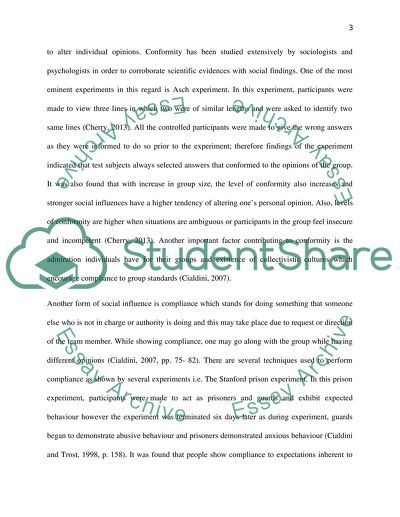Cite this document
(“What are the different forms of social influence How have Essay”, n.d.)
What are the different forms of social influence How have Essay. Retrieved from https://studentshare.org/psychology/1632382-what-are-the-different-forms-of-social-influence-how-have-psychologists-studied-them
What are the different forms of social influence How have Essay. Retrieved from https://studentshare.org/psychology/1632382-what-are-the-different-forms-of-social-influence-how-have-psychologists-studied-them
(What Are the Different Forms of Social Influence How Have Essay)
What Are the Different Forms of Social Influence How Have Essay. https://studentshare.org/psychology/1632382-what-are-the-different-forms-of-social-influence-how-have-psychologists-studied-them.
What Are the Different Forms of Social Influence How Have Essay. https://studentshare.org/psychology/1632382-what-are-the-different-forms-of-social-influence-how-have-psychologists-studied-them.
“What Are the Different Forms of Social Influence How Have Essay”, n.d. https://studentshare.org/psychology/1632382-what-are-the-different-forms-of-social-influence-how-have-psychologists-studied-them.


